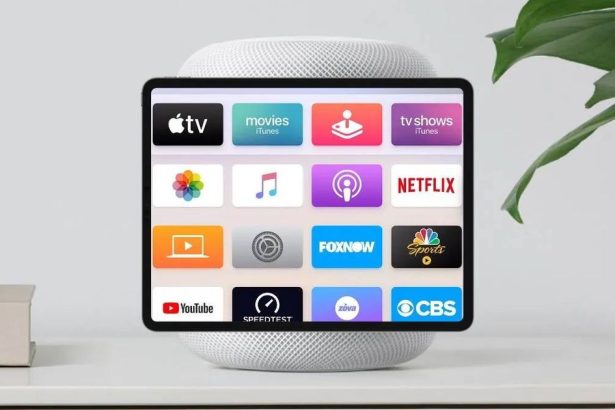The Google Pixel 10 Pro is poised to be one of four smartphones that Google plans to unveil later this year, joining the ranks of the Pixel 10, Pixel 10 Pro XL, and Pixel 10 Pro Fold. Based on previous naming conventions, the Pixel 10 Pro is anticipated to be among the company’s most powerful offerings, likely mirroring the features of the larger Pixel 10 Pro XL but in a more compact form with a smaller display and battery.
In this article, we’ll delve into the latest information regarding the Pixel 10 Pro, compiling essential rumors and leaks to stitch together a clearer picture of what to expect. As more details emerge, this article will evolve, providing ongoing updates leading up to the much-anticipated launch.
When it comes to the release timeline, the Google Pixel 10 Pro is officially set to be announced on August 20, with pre-orders kicking off on the same day and expected to begin shipping by August 28. This aligns with last year’s Pixel 9 series launch in August, while the Pixel 8 series debuted in October 2023.
Google aims to introduce four models in the Pixel 10 lineup, with the Pixel 10 Pro featuring a single RAM variant and various storage capacities. Historically, Google has provided only one RAM option for each phone, likely 16GB of LPDDR5X, alongside expected storage options of 128GB, 256GB, 512GB, and 1TB. There’s optimism that Google will upgrade to UFS 4.0 flash storage, moving away from the older UFS 3.1 standard. Notably, the storage will not be expandable.
Although an official price has yet to be disclosed, speculation suggests the Pixel 10 Pro might stick to the $999 price point established by its predecessor, the Pixel 9 Pro. While the Pixel 9 Pro maintained the same price as the Pixel 8 Pro, it’s worth noting that it was not a direct successor. If the 128GB model of the Pixel 10 Pro mirrors the pricing of its predecessor, it could hover around this threshold.
In terms of design, initial CAD-based renders released in March hinted that the Pixel 10 Pro will closely resemble the Pixel 9 Pro, featuring a familiar aluminum and glass build. The flat display, slightly tapered edges, and the location of the buttons remain consistent with prior designs. The device will sport a centered front camera hole and uniform bezels, while the rear will feature a pill-shaped camera bar housing three cameras: a main, an ultrawide, and a periscope telephoto lens, along with the Google logo positioned centrally.
The dimensions of the Pixel 10 Pro are expected to be 152.8 x 72 x 8.6mm, making it almost indistinguishable in size from its predecessor, with a slight increase of only 0.1mm in thickness. It is projected to come in four color variants: Jade, Moonstone, Obsidian, and Porcelain.
Spec-wise, the Pixel 10 Pro will reportedly feature a 6.3-inch LTPO AMOLED display with an adaptive refresh rate ranging from 1 to 120Hz and a peak brightness of 3,000 nits, protected by Gorilla Glass Victus 2. The device will likely be powered by the Google Tensor G5 processor, marking a significant transition to TSMC manufacturing. This new chip is set to be Google’s first 3nm processor, expected to provide essential boosts in camera and battery performance, though reports suggest it may not dramatically enhance overall speed.
The Tensor G5 is likely to include a 1+5+2 CPU configuration, featuring one high-performance core, five performance cores, and two efficiency cores, with performance-enhancing efficiencies expected. Reports indicate that a MediaTek modem may be integrated, complemented by memory options of 16GB RAM and storage choices ranging from 128GB to 1TB.
In terms of battery life, the Pixel 10 Pro is expected to house a 4,870mAh battery, a step up from the 4,700mAh unit found in its predecessor, with 29W wired and 15W wireless charging support, as well as compatibility with Qi2 charging (though a suitable case will be required).
On the camera front, the Pixel 10 Pro will likely retain a similar setup to its predecessor, featuring a main camera with a Samsung 50-megapixel sensor, along with two 48-megapixel units for ultrawide and periscope telephoto shots. Users can expect enhanced AI camera features and tele-macro photography capabilities, while the fingerprint scanner is set to receive an upgrade.
The phone’s design will feature color options like Ultra Blue, Limoncello, Iris, and Midnight, and an expected improvement in speaker quality, though it seems unlikely Dolby Atmos will be integrated.
As for whether the Pixel 10 Pro is worth the wait, it’s still too soon to determine. While its anticipated processor represents a potential leap in functionality, rumors indicate that camera and display enhancements may not be as groundbreaking. Pricing clarity is paramount as well, and further information is awaited.Google







